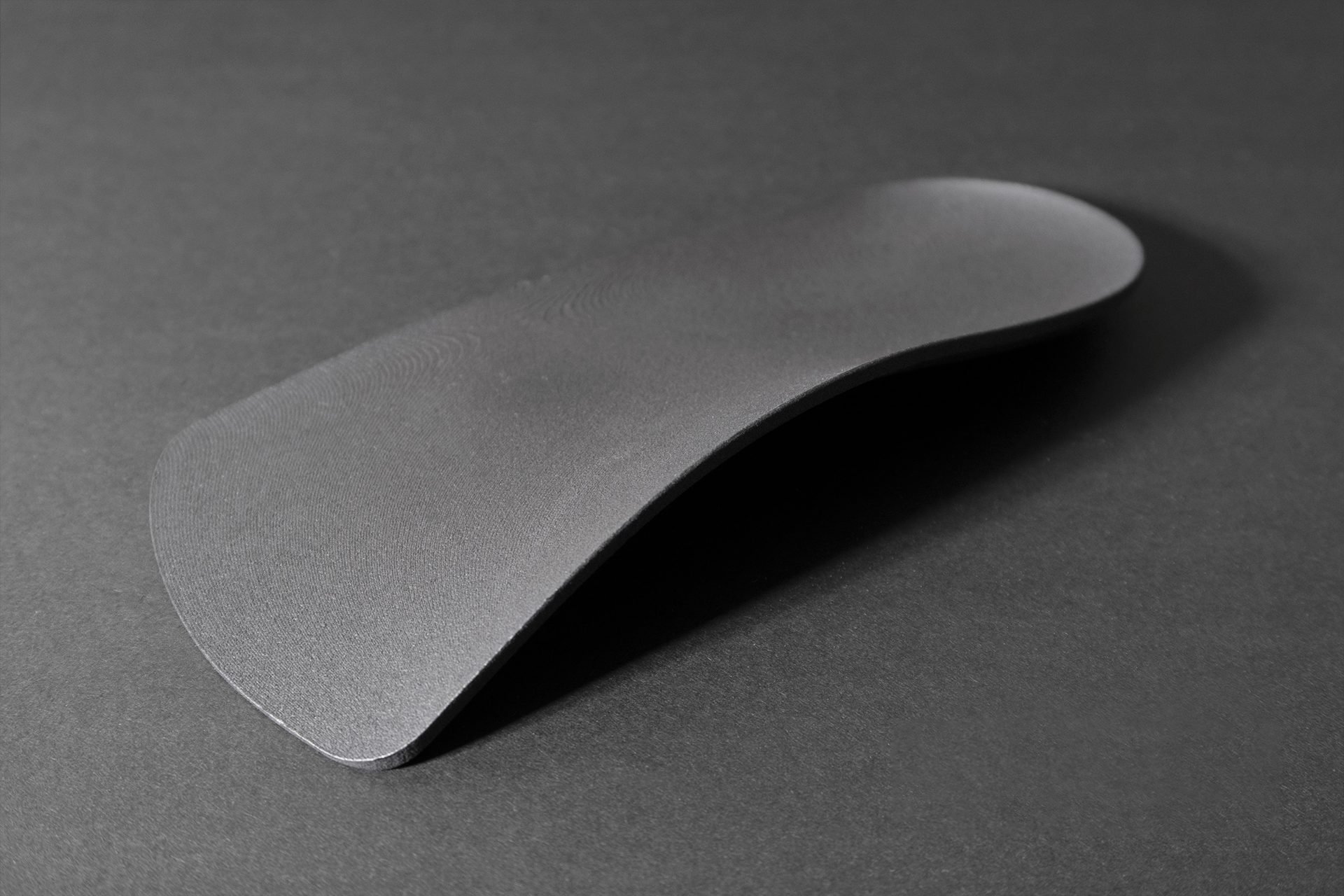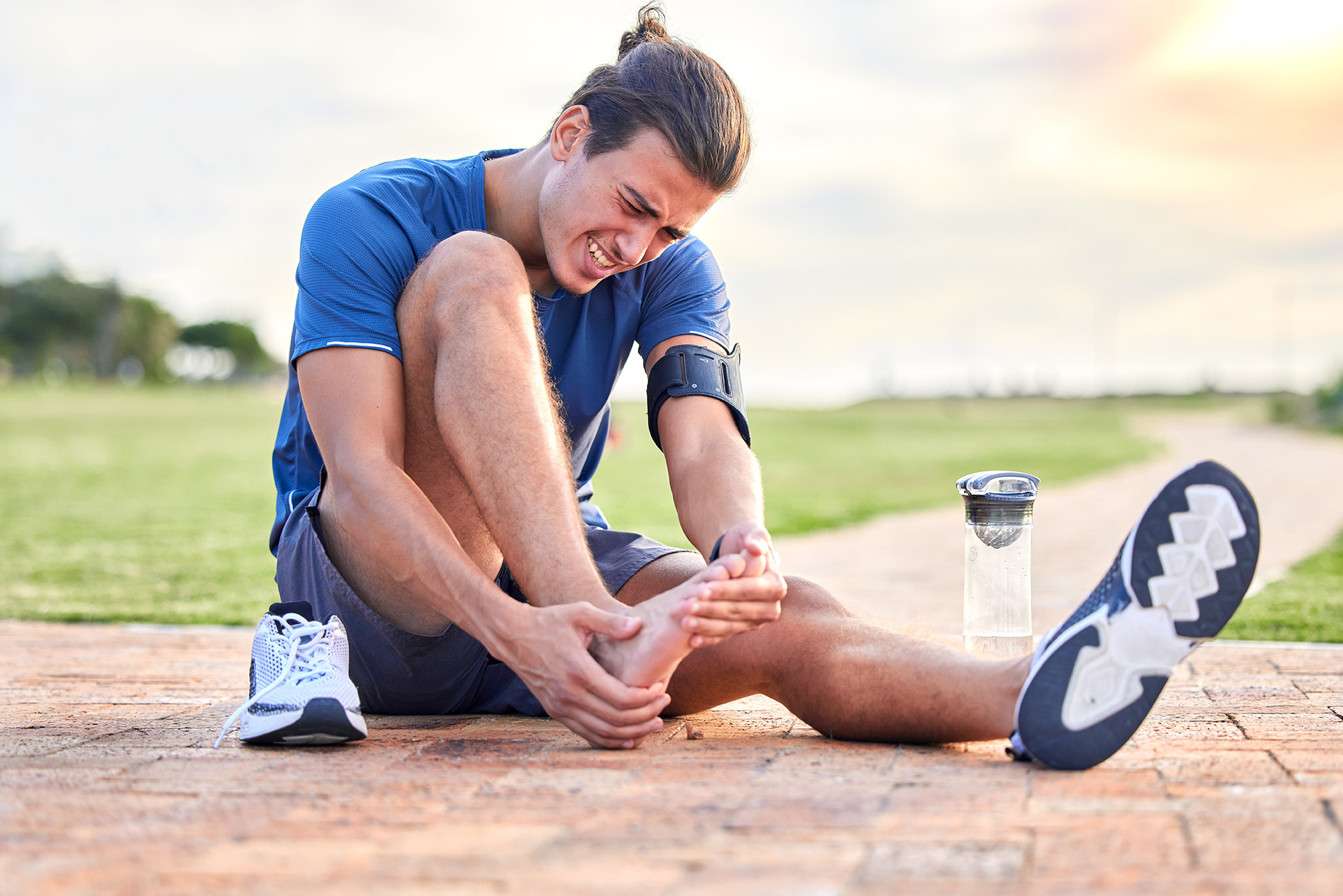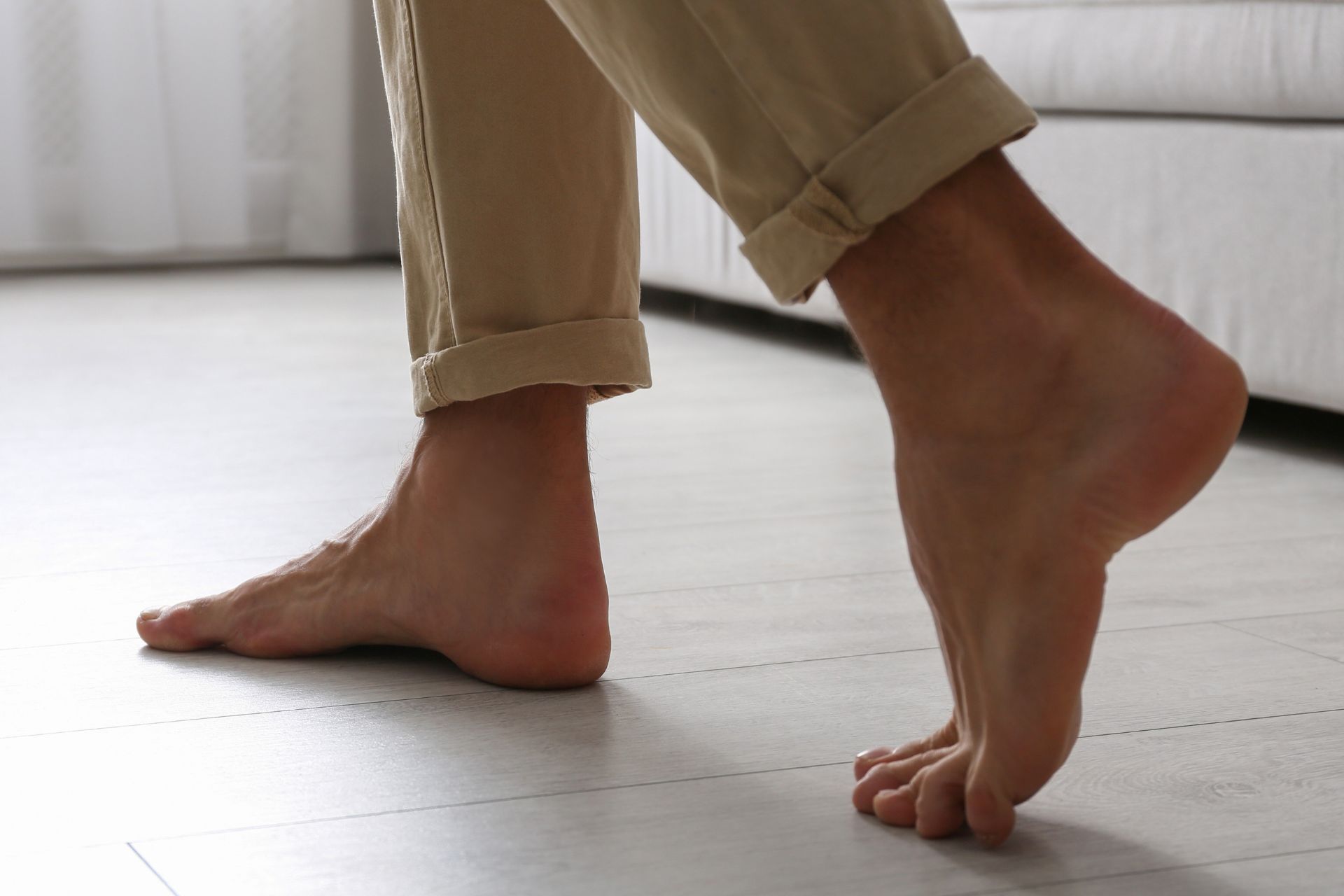The Real Pain of High Heels
At The Foot Practice, our podiatrists have heard countless women share how their favourite heels, whether they be those perfect pumps or sleek stilettos, turn from confidence boosters to silent saboteurs. That little ache after a long day in heels isn’t just tiredness; it’s often the start of something more sinister. We frequently suggest that they start using shoe inserts for high heels, which can be slipped into the shoes to cushion and realign their feet. This helps redistribute foot pressure away from the forefoot, allowing them to maintain their style without suffering.
In standard 3-inch heels, 75% of your body’s weight is placed on the balls of your feet, stressing everything from your toes to your ankles. This leads to several common conditions, such as plantar fasciitis, which causes sharp heel pain first thing in the morning; bunions, where the big toe joint bulges due to tight shoes; or hammertoes, where the toes curl from being squashed.
You may also experience burning pain at the ball of your foot due to metatarsalgia, which is typically concentrated in the forefoot where pressure and weight are focused. A nagging pull at the back from Achilles tendinopathy, or even a bony bump called Haglund’s deformity rubbing against stiff heels, can also occur. Neuromas can zap you with nerve pain, and if you’re really pushing it, stress fractures or ankle sprains might creep in. These are just some of the conditions that can be aggravated by high-heeled wear.
It’s essential to listen to your body and respond accordingly when pain begins to affect your foot. A podiatrist can help you decide whether shoe inserts are right for your feet and, importantly, your high heels.
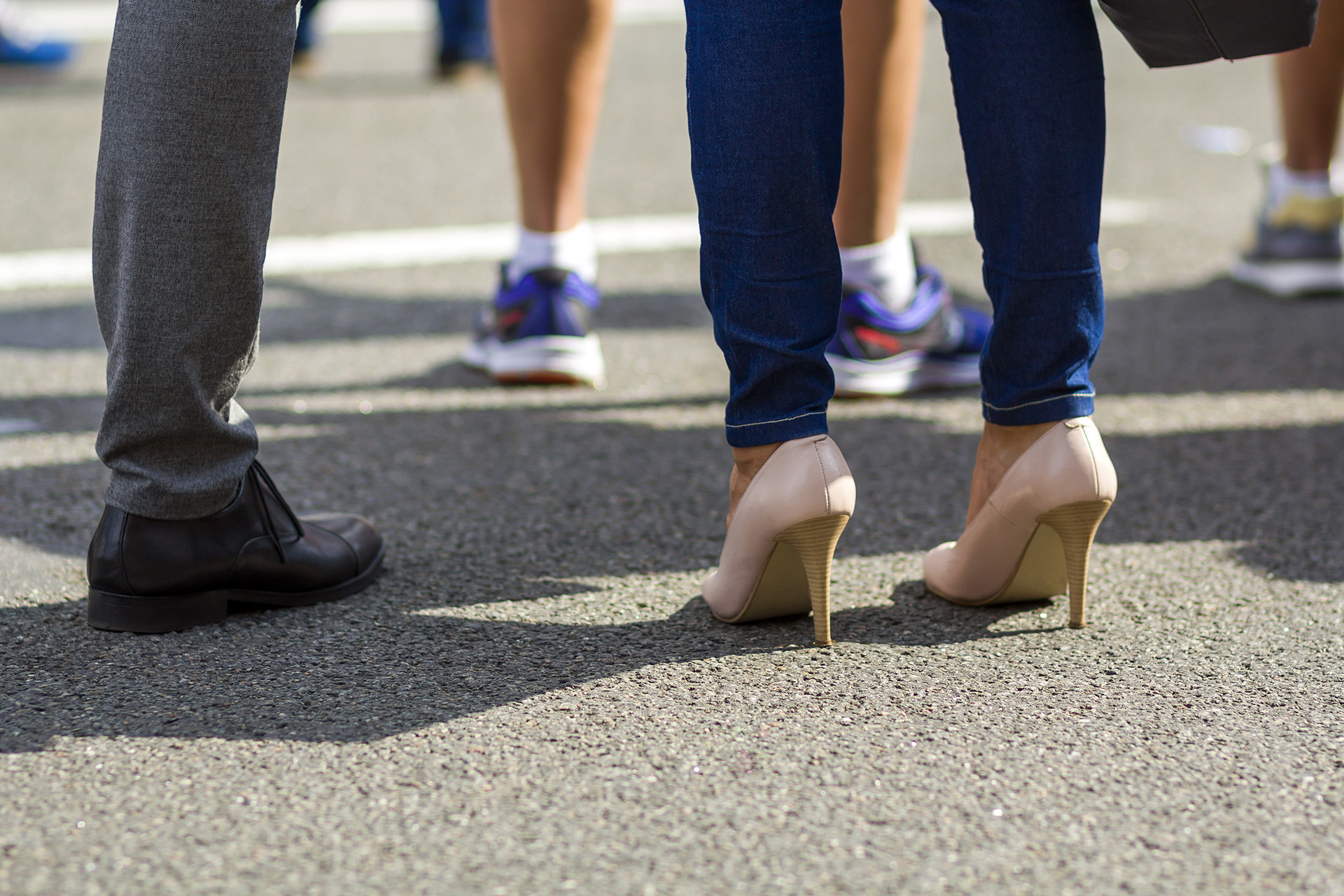
Common Foot Issues from Heels
High heels put your feet through the wringer, and the fallout can be rough.
- Achilles tendinopathy causes the back of your heel to ache due to tight calves. Wobbly heels, in particular, increase the risk of ankle sprains.
- Bunions develop when tight toe boxes force your big toe to turn inward, causing a sore, swollen bump.
- Haglund’s deformity creates a bony bump that rubs raw against stiff heel caps.
- Hammertoes occur when your toes become cramped and curl.
- Metatarsalgia causes a burning ache at the ball of your foot due to the excessive forward pressure.
- Neuromas cause sharp, zingy pain by pinching nerves between your toes.
- Plantar fasciitis is characterised by stabbing heel pain after you’ve been off your feet for a while, caused by the fascia getting over-stretched.
- Stress fractures are small cracks in bones that can come from undue pressure.
Shoe inserts for heels step in to fix this range of issues, with arch support inserts that ease fasciitis, cushion bunions, and straighten out hammertoes. They add padding to stabilise your ankles, acting as cushions for the forefoot and providing protection against pressure and damage caused by high heels, breaking the cycle of pain so your feet can heal.
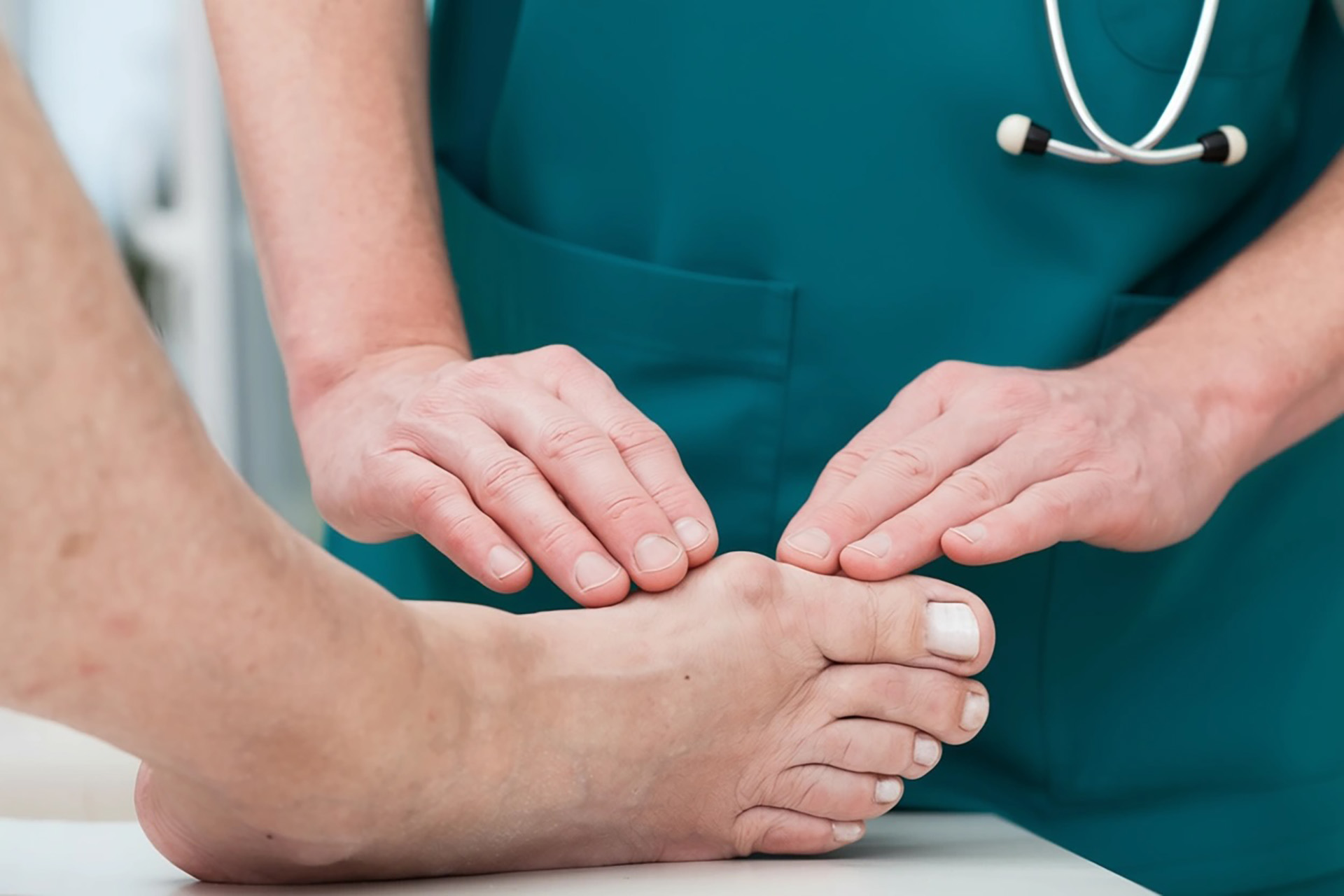
Why Inserts Make Heels Feel Better
Shoe inserts prop up your foot arch and pad your heel to take the edge off that forward tilt, providing an effective way to improve comfort and alleviate pain when wearing high heels. They help by keeping your foot’s natural shape, easing the strain on the plantar fascia if you have plantar fasciitis, or spreading pressure to avoid bunion flare-ups.
Inserts also help realign your body’s centre of gravity by redistributing pressure away from the ball of the foot, improving comfort and reducing pain without altering the shoe’s structure. If your Achilles is acting up, a slight lift in the insert can take the tension off the tendon.
For neuromas, shoe inserts add a soft buffer to stop nerve pinching. I’ve seen women in my clinic light up when they try the best shoe inserts for heels, The Foot Practice’s COBRA women’s shoe insoles. This can lead them to walk out of long days almost immediately, without that familiar throb of pain in their feet.
Proper foot support from inserts can also reduce strain on the hips, knees and spine by promoting better alignment throughout your body. Unlike flimsy, ready-made pads, COBRA women’s shoe insoles are made with materials like foam or lightweight carbon to fit snugly without cluttering your shoes. They also steady your ankles to prevent twists and soften the impact that could lead to stress fractures, making every step feel more secure.

The Importance of Arch Support
When it comes to wearing high heels, arch support isn’t just a luxury; it’s a necessity for your lasting comfort and pain relief.
The arch of your foot is designed to absorb shock and distribute your body weight evenly, but high heels throw off this natural balance, forcing extra pressure onto the ball of your foot and leaving your arch without the support it needs.
By supporting the arch, women’s shoe insoles reduce the strain on the ball of your foot, ease discomfort, and help prevent the familiar ache that often occurs after a long day in heels. Additionally, proper arch support can enhance your posture and alignment, thereby reducing the risk of back pain and making every step feel lighter. If you want to wear high heels without the usual pain, look for COBRA women’s shoe inserts that prioritise arch support.
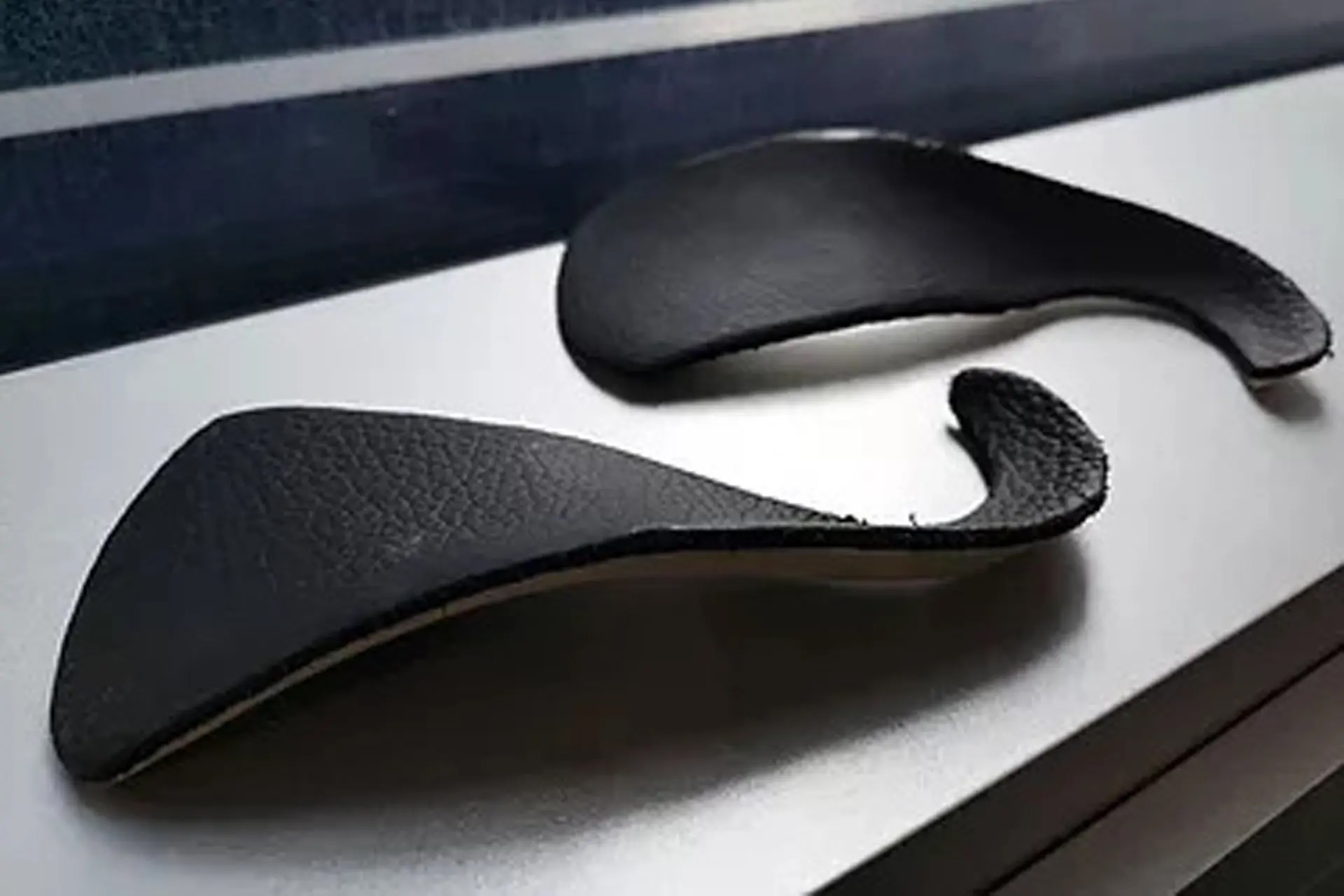
Getting It Right: Custom Solutions for Your Feet
Fixing foot pain starts with figuring out exactly what’s going on. A footwear assessment examines your heels, whether in pumps or stilettos, to identify problems such as tight fits that pinch nerves or flat soles that cause arch pain. At The Foot Practice, we also utilise the RehaWalk® pressure sensor treadmill gait analysis, which provides a clear picture of how your feet strike the ground, highlighting areas where bunions or metatarsalgia are worsening.
The COBRA shoe inserts are skinny, made from lightweight materials, so they fit perfectly into your high heels. They are designed with specific right- and left-hand orientations for better fit and effectiveness.

Pairing Inserts with Other Interventions
Inserts are great, but they’re even more effective when combined with other interventions. If plantar fasciitis or Achilles pain won’t go away, Shockwave Therapy can help. The therapy utilises sound waves to break up scar tissue and accelerate healing in a few brief sessions.
If the data from your RehaWalk scan indicates that you’re landing too hard on your heels, which can cause neuromas, we’d fit you with orthoses to address this issue. We would then use Shockwave Therapy to alleviate the nerve pain, allowing the inserts to maintain stability. Women I’ve worked with say this combination of strategies makes their feet feel like new ones.

Simple Habits to Keep Inserts Working
To get the most out of your inserts, add some easy daily habits. Start your day with a quick calf stretch for 20 seconds on each side to loosen your Achilles and help your inserts do their job. During the day, give your feet a break by switching to flats for a bit, allowing your orthoses to reset your posture. At night, roll a tennis ball under your foot to massage away aches from fasciitis or metatarsalgia.
For hammertoes, use soft toe spacers alongside your inserts; for Haglund’s deformity, add a heel liner for extra comfort. These little steps, tied to what we learn from your gait analysis, make your shoe inserts a steady support system, keeping your feet happy in any setting.
Comfort That Sticks With You
If high heels are hurting your feet, don’t wait. Contact The Foot Practice for a personalised consultation. Our team will analyse your gait, design orthoses, and implement interventions to help you move comfortably in heels.



